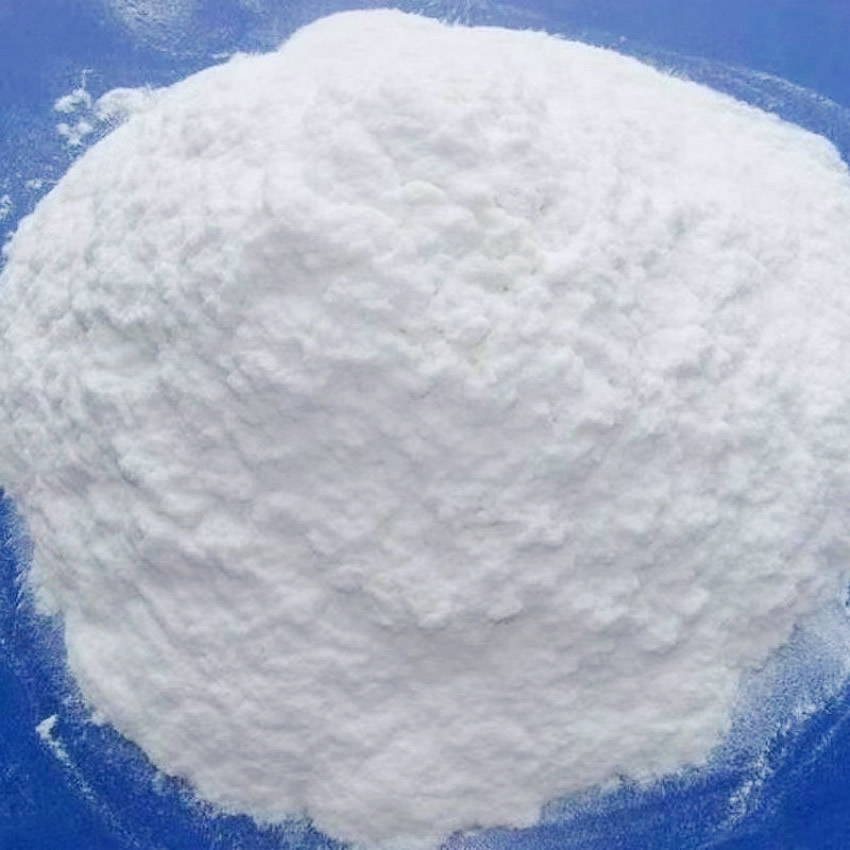Pure Phenacetin Powder: History, Uses, and Benefits
I. Introduction
The pharmaceutical industry has achieved remarkable progress with producing Phenacetin in pure powder form. Before diving into its myriad uses and undeniable benefits, it's imperative to understand its origins and the journey it embarked upon.
II. The Historical Journey of Phenacetin
Discovery and Early Synthesis
Phenacetin was synthesized in 1878 by Harmon Northrop Morse from the University of Maryland. Initially developed as an alternative to another drug, the compound quickly garnered attention for its distinct properties. Introduced to the medical community, Phenacetin's popularity began to soar.
The Rise of Phenacetin as a Popular Pain Reliever
By the early 1900s, Phenacetin was a cornerstone in pain management. As one of the first synthetic pharmaceutical drugs, it became a poster child for modern medicine's potential, leading to its integration into various over-the-counter combinations. For example, APC (aspirin-phenacetin-caffeine) was a popular remedy for pain and fever during the mid-20th century.
Controversies and Challenges
Despite its widespread usage, the 1970s and 1980s saw rising concerns over Phenacetin's potential health risks. Research linked its prolonged consumption to several adverse effects, most notably kidney damage. This revelation led to its ban in several countries, though its legacy as an effective pain reliever remains.
III. Understanding the Chemistry
Basic Molecular Structure and Chemical Properties
Phenacetin, chemically known as N-(4-methoxyphenyl)acetamide, possesses a structure that allows for its analgesic and antipyretic properties. Its ethoxy group aids in making it soluble in organic solvents, facilitating its formulation into various pharmaceutical products.
The Science Behind its Pain-relieving Capabilities
Phenacetin's efficacy is primarily attributed to its metabolism into paracetamol (acetaminophen) within the body. Paracetamol, renowned for its pain-relieving properties, is believed to work by reducing the production of prostaglandins in the brain—compounds associated with pain and inflammation.
IV. Uses of Pure Phenacetin Powder
Medical Applications
- Pain relief: Phenacetin's primary use was as an analgesic, offering respite from mild to moderate pain.
- Fever reduction: As an antipyretic, Phenacetin plays a role in reducing fever, making it a common component in fever-relieving medications.
- Combinations with other drugs: As previously mentioned, APC is an illustrative example of Phenacetin's incorporation into multi-drug formulas for enhanced therapeutic benefits.
Research Purposes
Despite the concerns associated with its consumption, pure phenacetin powder continues to hold value in research. Its structure and properties make it an ideal subject for studying drug metabolism, pain management mechanisms, and more.
V. Benefits of Pure Phenacetin Powder
Purity and Potency
The emphasis on phenacetin powder's 'pure' aspect isn't without reason. Pure compounds ensure consistency in drug formulations, eliminating potential side effects from impurities. This is especially crucial for research purposes, where consistent results are vital. The pure form of Phenacetin ensures it retains its potency, efficiently delivering the desired therapeutic effects.

Versatility in Pharmaceutical Formulations
Thanks to its chemical properties, pure phenacetin powder can be incorporated into various drug formulations. Compatibility has been a critical factor in the widespread use of tablets, capsules, and solutions in the pharmaceutical industry in the past.
Economic Impact
Producing drugs isn't just about efficacy; it's also about cost-effectiveness. Due to its synthetic nature, pure phenacetin powder provided a cost-effective solution to pain and fever management during its peak usage years. This affordability made it a preferred choice among manufacturers and consumers alike.
Comparative Benefits
When compared to other analgesics available during its time, Phenacetin stood out for its balance between efficacy and side effects. Although future studies raised concerns about its safety profile, in moderate doses and without prolonged use, Phenacetin was often considered safer than many of its contemporaries.
VI. Potential Concerns and Safety Measures
Addressing the Potential Risks
No drug is without its side effects, and Phenacetin is no exception. Chronic consumption was linked to nephropathy (renal damage), and there was increasing evidence of its potential carcinogenic nature. Many countries, noting these concerns, either restricted or banned its use, leading to a significant decline in popularity by the late 20th century.
Safe Handling, Storage, and Consumption
Handling Phenacetin with care is paramount for research purposes or where its use is still permitted. Protective gear, including gloves and eyewear, is recommended. It is important to store the product in a cool and dry place, away from direct sunlight, to maintain its stability. If used for therapeutic purposes, it is crucial to adhere to the recommended dosages and avoid prolonged use.
Phenacetin's journey serves as a testament to the ever-evolving world of pharmaceuticals. It underscores the significance of ongoing research, even for widely accepted drugs, to ensure the safety and well-being of the populace. Its story, from being a groundbreaking discovery to facing worldwide scrutiny, is a reminder of the delicate balance between innovation and responsibility. While Phenacetin might have faded from the shelves of our local pharmacies, its impact on drug development and its legacy in the annals of medicine remain indelible.
- Company info
- About US
- Send Inquiry
- News
- FAQs
- sitemap
- User Center
- Tracking Order
- Forget Password
- My Orders
- My Account
- Register
- Join our community
Copyright © 2020-2023 BenzocaineSupplier.com All Rights Reserved.
